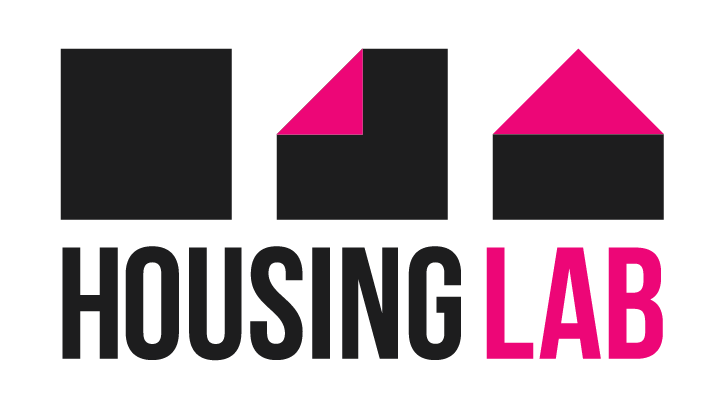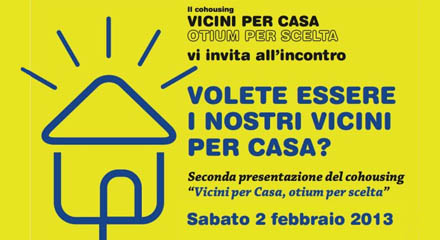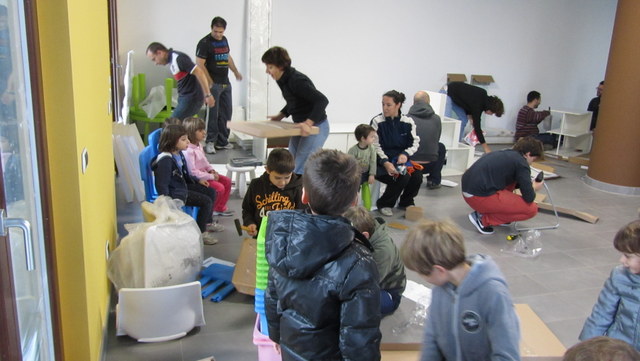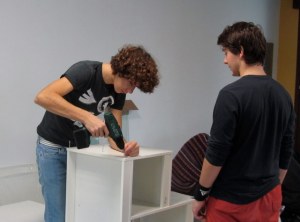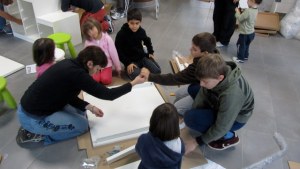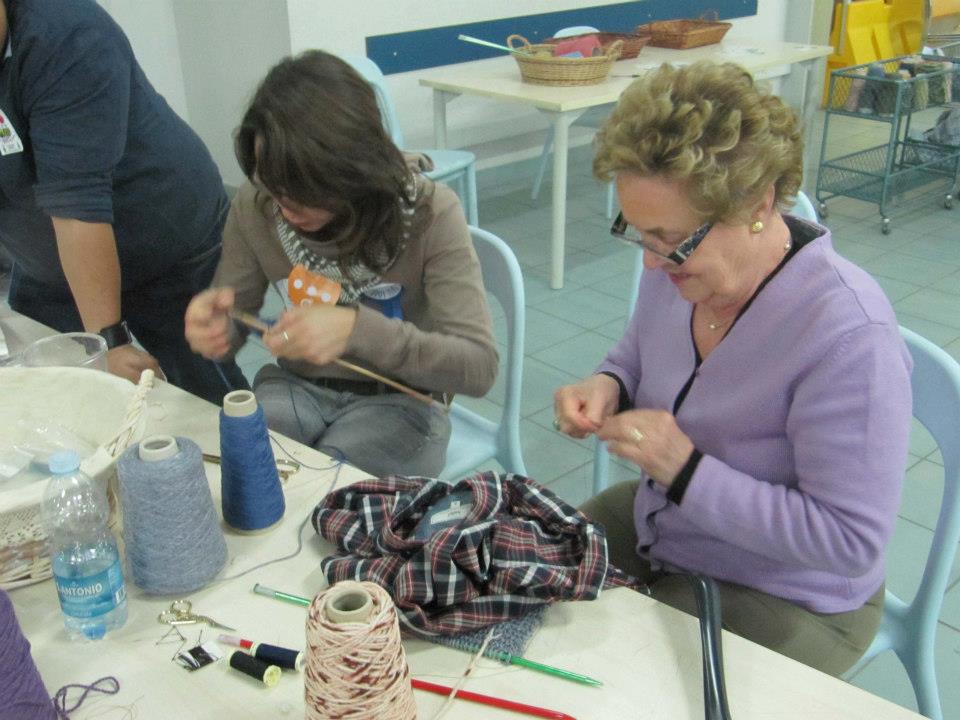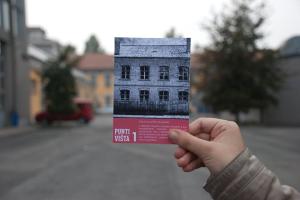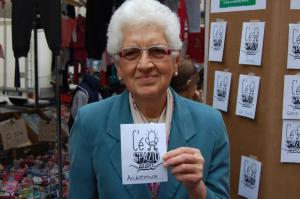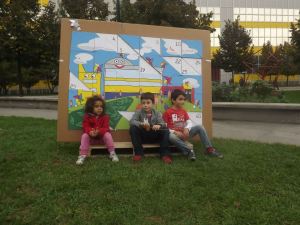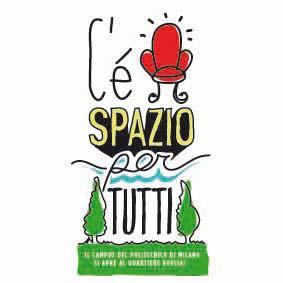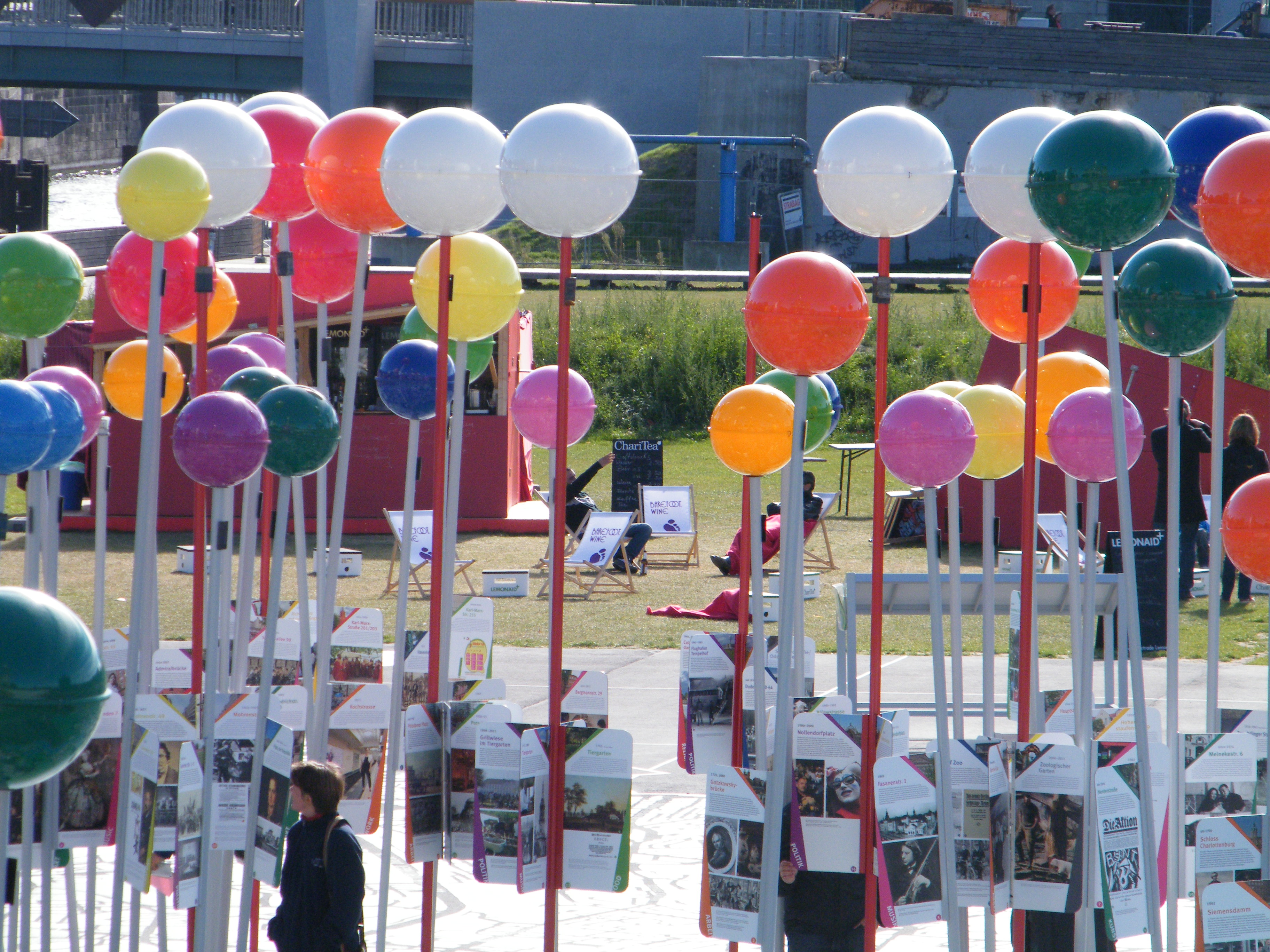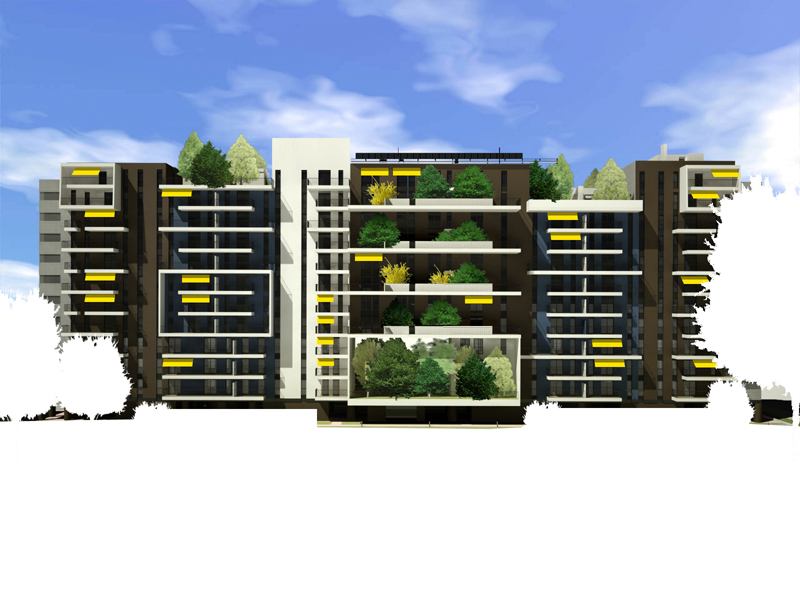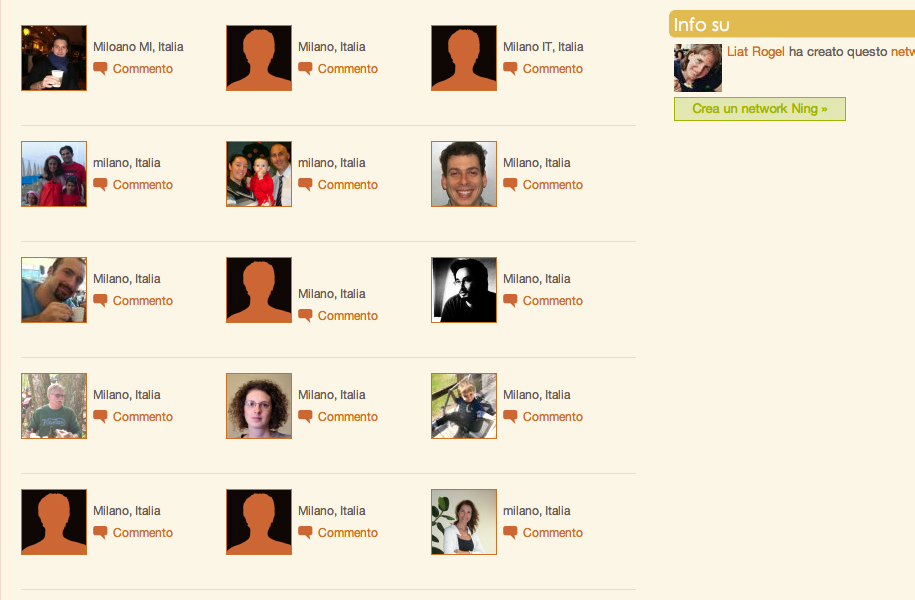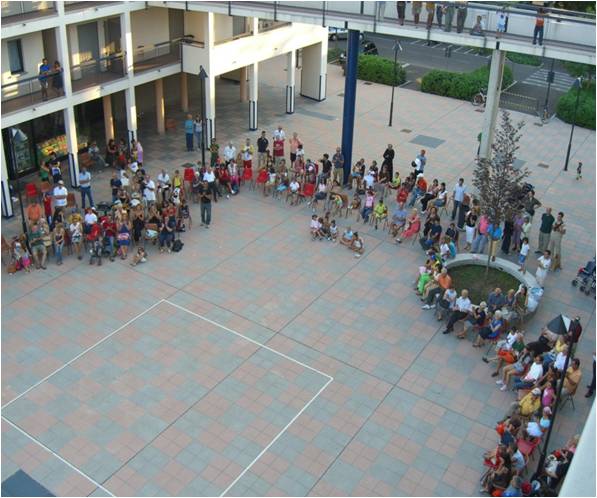 The brand new book co-housing cultures ends with an article from michael LaFond entitled: Learning from each other’s housing: an inspiring diversity. This is exactly what is happening in the last three years of networking and, as a reminder, in the last event in Berlin, Experimentdays.
The brand new book co-housing cultures ends with an article from michael LaFond entitled: Learning from each other’s housing: an inspiring diversity. This is exactly what is happening in the last three years of networking and, as a reminder, in the last event in Berlin, Experimentdays.
What is experimentdays?
When people start asking about collaborative housing it is always difficult to give precise definitions. people ask:
- do you share the toilet?
- do you eat together all the time?
- is it only ecological buildings?
- do i have to put a lot of effort into it?
And, to be honest, we do not have answers. The only right answer will be: “it depends” . The variety of collaborative housing is so big, and this is the beauty of it. Definitions of certain types has been made before. for example:
“ housing that feature spaces and facilities for joint use by all residents who also maintains their individual household” (Frank, Karen and Sherry Ahrentzen. 1989)
“ cohousing is a type of collaborative housing in which residents actively participate in the design and operation of their own neighborhoods” (www.cohouinsg.org)
But, the best way to explain the difference between the many options and help people navigate through this sea, is bring many examples all into one place. This is what happens in Experimentdays. Over two or three days groups, architects, associations and others come to present their project. They do so through an exhibition space where they can show pictures and information and where they sit and speak to anyone who is interested. Like a small fair. There is also a possibility to present the project in a public 5 minutes presentation. This event gives people from Berlin the possibility to learn about co-housing diversity in person. To see for themselves what they would like to do and how they would like their house to be.
It is also a meeting place for the different stakeholders. For example, Banks and foundations are there to offer specific financial plans and programs. Around this event, id22 has also organized workshops and tours to have useful exchanges and know Creative sustainable Berlin.
In the last three years, European partners has also joined in to give a larger perspectives and examples. Every-time we meet we learn something from each other. Models can not just be copied and pasted into different countries and cultures, but some ideas can be adopted, some dreams can be shared and especially one can have a lot of inspiration. Indeed, Diversity is inspiring! The co-housing cultures book that was launched during the Experimentdays 12, is a lovely collection of 9 different cases from 9 different European countries. besides those case studies, one can find articles about topics going from the history of co-housing through design process and social opportunities. The book is already sold through the main on-line bookstores and we think it is great!
So, once again, thanks to everyone for a lovely time in Berlin, and looking forward to meeting you again soon.
